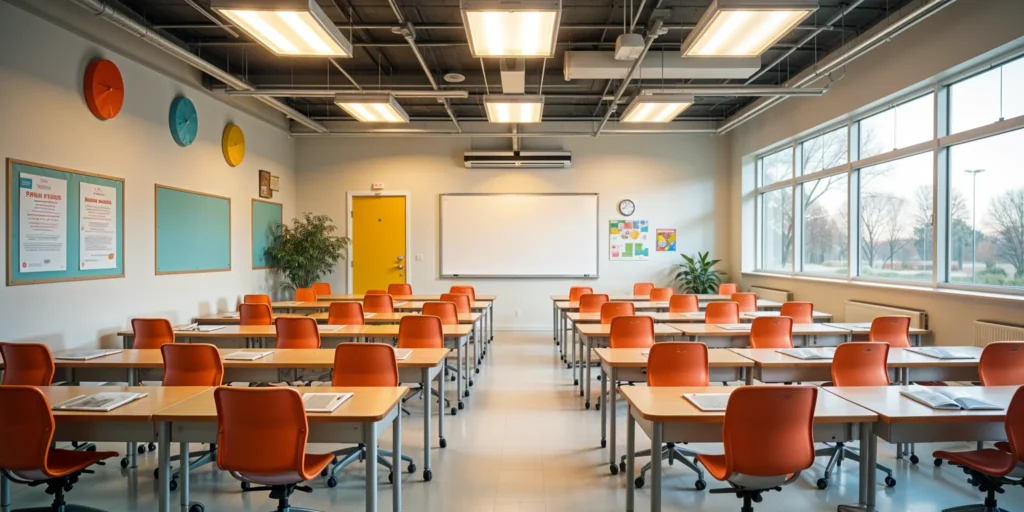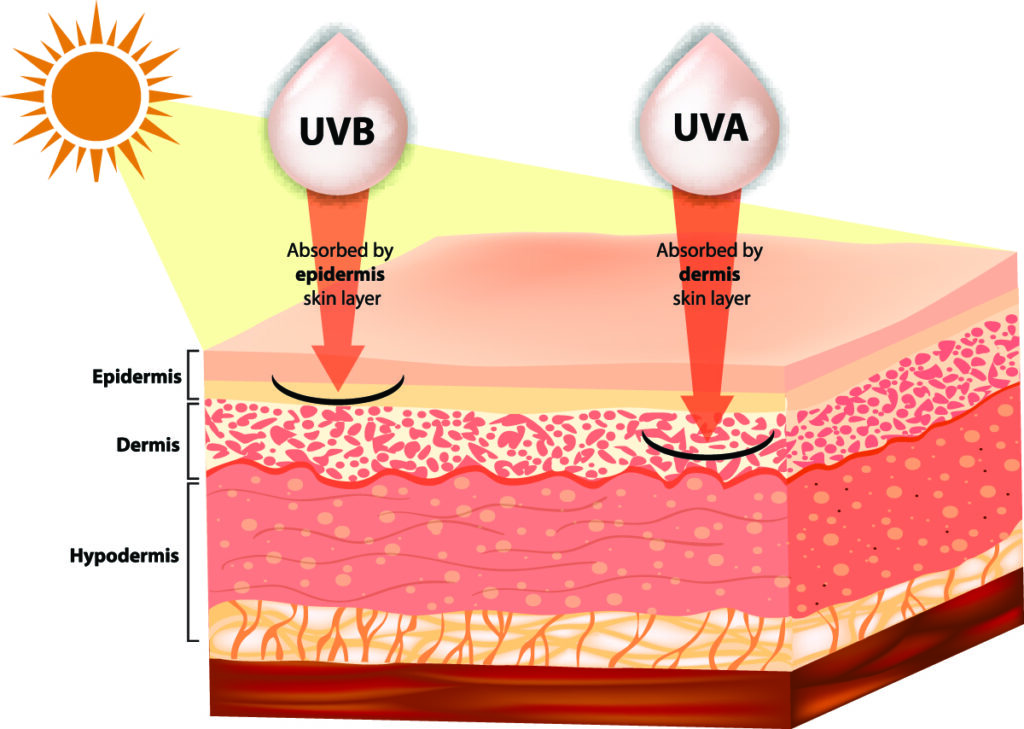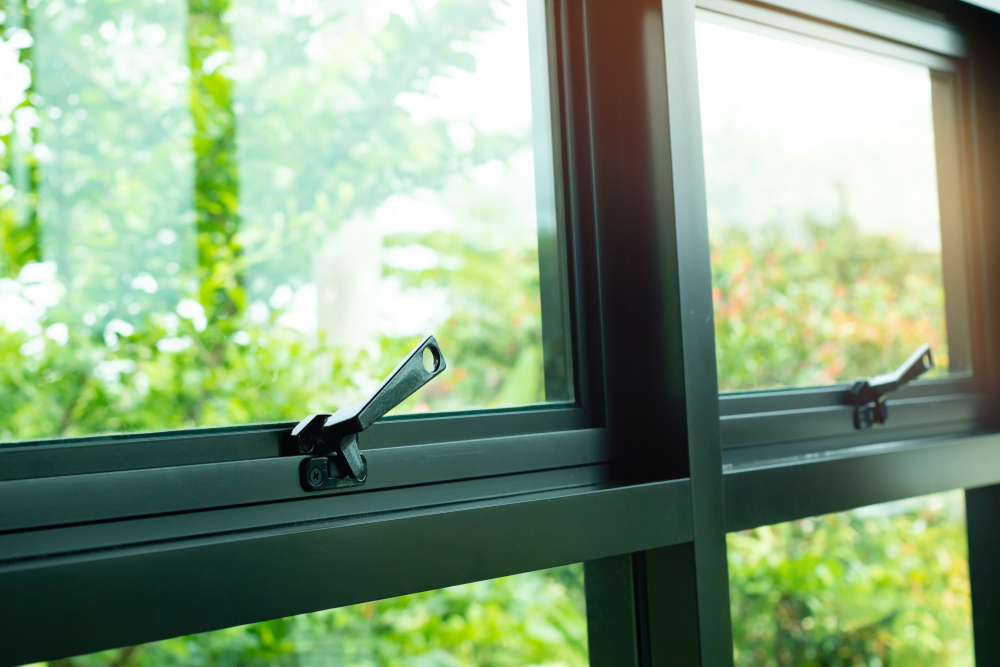Sustainable windows play a critical role in creating healthy, comfortable, and productive learning environments in schools. Designed with eco-friendly materials and energy-efficient features, these windows support a range of health and environmental benefits, from improving indoor air quality to maximizing natural light. As schools prioritize student well-being and environmental responsibility, sustainable windows are becoming essential investments. This article explores how sustainable windows contribute to healthier learning spaces and why they are an ideal choice for educational facilities.
1. Improved Indoor Air Quality for Healthier Classrooms
Indoor air quality is vital to students’ health and focus. Poor ventilation can lead to a buildup of indoor pollutants, causing health issues like headaches, fatigue, and respiratory problems. Sustainable windows, designed to maximize natural ventilation, allow fresh air to circulate through classrooms, reducing the need for HVAC systems.

- Health Benefits: Fresh air improves oxygen levels in classrooms, enhancing students’ focus, alertness, and overall well-being. Reduced reliance on HVAC systems also minimizes exposure to airborne allergens and pollutants, creating a healthier environment.
- Environmental Impact: By using sustainable windows for ventilation, schools decrease energy consumption, reducing their carbon footprint and supporting eco-friendly practices.
2. Enhanced Natural Light to Support Focus and Mood
Natural light is essential for creating a positive learning environment. Sustainable windows, often made with advanced glass coatings like Low-E (low emissivity), allow natural light to enter while minimizing glare and controlling heat gain. This helps create a well-lit, comfortable space that promotes student engagement and well-being.
- Health Benefits: Exposure to natural light has been shown to improve mood, increase concentration, and boost productivity. It also supports circadian rhythms, helping students feel more alert and reducing drowsiness during school hours.
- Environmental Impact: Sustainable windows reduce the need for artificial lighting, which in turn lowers electricity consumption. This energy efficiency supports the school’s commitment to sustainability and cuts down on operational costs.

3. Temperature Regulation for Comfort and Concentration
Fluctuating indoor temperatures can be distracting and uncomfortable, making it difficult for students to concentrate. Sustainable windows, with features like double or triple glazing and thermal break frames, provide superior insulation that stabilizes indoor temperatures, maintaining a consistent, comfortable environment.
- Health Benefits: A stable, comfortable temperature helps students stay focused and engaged, without the distraction of hot or cold spots. Comfortable classrooms reduce stress and promote a positive learning experience.
- Environmental Impact: Energy-efficient windows lower the demand on heating and cooling systems, reducing greenhouse gas emissions. Schools save on energy costs, allowing funds to be allocated to other essential resources.
4. Noise Reduction for a Quieter Learning Environment
Schools are often located near busy roads, playgrounds, or other high-noise areas that can disrupt classroom focus. Sustainable windows often come with noise-reducing features, such as laminated glass or multi-pane designs, that block external sounds and create a quieter indoor environment.
- Health Benefits: Reduced noise levels in classrooms support better focus and minimize distractions, enhancing students’ ability to concentrate. A quieter environment reduces stress and fosters a calmer, more effective learning space.
- Environmental Impact: By minimizing reliance on artificial soundproofing methods, sustainable windows contribute to a more natural, resource-efficient building design.
5. Non-Toxic Materials for Health and Safety
Sustainable windows are typically manufactured with non-toxic, low-emission materials, such as recycled aluminum or sustainably-sourced wood. These materials don’t release harmful chemicals, contributing to a healthier indoor air quality.
- Health Benefits: Reducing exposure to volatile organic compounds (VOCs) and other toxic emissions lowers the risk of respiratory issues, allergies, and headaches. Choosing non-toxic materials is particularly important in environments where children spend long hours.
- Environmental Impact: Non-toxic, recyclable materials reduce waste and prevent environmental pollution during production and end-of-life disposal, supporting the school’s sustainability goals.
6. UV Protection for Eye and Skin Health
Sustainable windows often come with UV-filtering coatings that block harmful ultraviolet rays. This feature protects students from UV exposure while still allowing natural light to enter the classroom, creating a safe and sunlit environment.
- Health Benefits: UV protection reduces the risk of eye strain, headaches, and potential skin damage for students and staff. Protecting eyes from excessive UV exposure is particularly important as students often sit near windows for extended periods.
- Environmental Impact: UV-filtering glass prevents indoor materials, like furniture and floors, from fading, extending their life and reducing the need for replacements. This aligns with sustainability goals by reducing waste and conserving resources.

7. Contribution to LEED and Green Building Certifications
Sustainable windows can help schools achieve certifications like LEED (Leadership in Energy and Environmental Design) or WELL Building Standard, which recognize high environmental and health standards. These certifications promote sustainable building practices, offering long-term environmental and health benefits.
- Health Benefits: Schools with green building certifications provide healthier, more comfortable environments for students and staff. These certifications ensure that indoor environments meet rigorous standards for air quality, light, temperature, and materials.
- Environmental Impact: LEED-certified buildings contribute to lower energy consumption, reduced waste, and sustainable material usage, positioning schools as leaders in environmental responsibility.

8. Educational Value: Inspiring Environmental Awareness
By choosing sustainable windows, schools have an opportunity to educate students about the importance of environmental responsibility. Sustainable windows provide a real-world example of eco-friendly practices that can be integrated into classroom discussions and sustainability lessons.
- Health Benefits: Students gain hands-on knowledge of how sustainable choices, like energy-efficient windows, impact health and well-being. This awareness can encourage them to adopt sustainable habits in their daily lives.
- Environmental Impact: Educating students on sustainability fosters a culture of environmental responsibility, inspiring the next generation to make eco-friendly choices that contribute to a healthier planet.
Conclusion
Sustainable windows are a valuable investment in the health and productivity of students and staff. By enhancing indoor air quality, natural light, temperature stability, and noise reduction, these windows create a comfortable and conducive learning environment. For schools prioritizing sustainability and student well-being, sustainable windows not only support long-term environmental goals but also provide daily benefits that improve the educational experience. Investing in eco-friendly windows shows a commitment to a healthier, greener future, where students can learn and thrive in an environment designed with their well-being in mind.


